A well-insulated home will increase your energy efficiency. However, the insulation process is easier said than done. That's why you wonder how to install fiberglass insulation with a vapor barrier. Wonder no more! We researched this article, and here is what we got.
Before you begin the insulation project, you'll need to prepare the following things:
- Cutter
- Gloves
- Caulk gun
- Dust mask
- Stapler gun
- Safety goggles
To install the fiberglass insulation with a vapor barrier:
- Using the caulk gun, seal all the holes and cracks.
- Lay your batt on your stud bays.
- Cut down excess batt width according to your stud bays cavity using the cutter.
- Gently push or tuck the insulation into the gap and staple them.
- Let the batt run long and accurately cut it down against the bottom framing plate.
- Pull the batt apart in half for wiring obstacles or power outlets.
- Add a vapor barrier inside of the insulation for moisture and mold build-up.
Working on your insulation projects can sometimes feel like a never-ending job. Whether you do it yourself or hire a contractor insulating your home must be your priority.
So keep reading as we dig deeper into the discussion on other significant questions you might want to add. With that said, let's discuss this below!
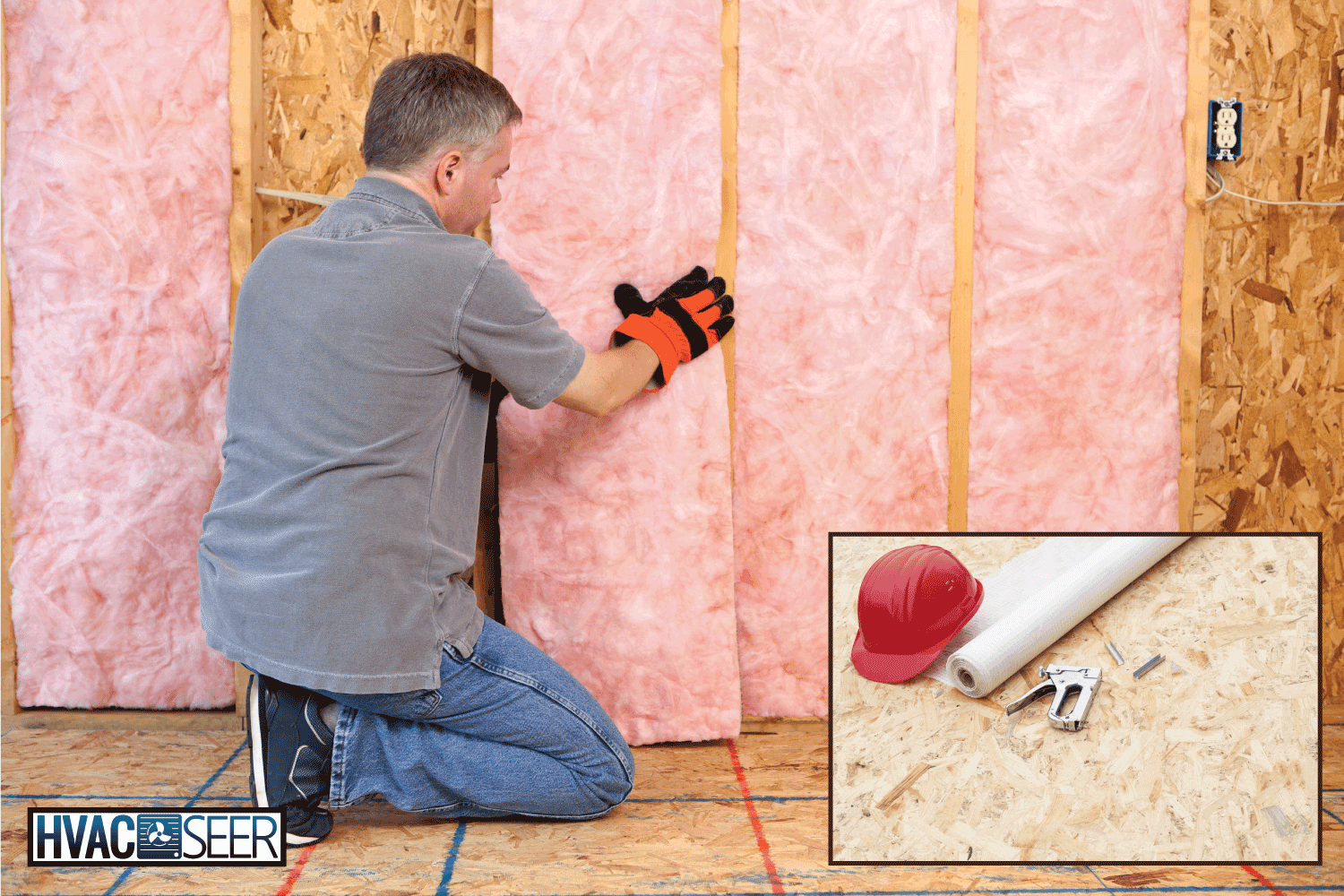
Should You Cover Fiberglass Insulation?
Generally, you should cover the fiberglass insulation if it is visible for health safety measures.
This also includes disturbing fiberglass insulation, releasing toxins that can cause lung, eye, and skin irritants.
Moreover, if you choose to cover fiberglass insulation in an occupied living space, use a permeable barrier that will not collect moisture.
This improves your home's air quality and helps avoid mold growth.
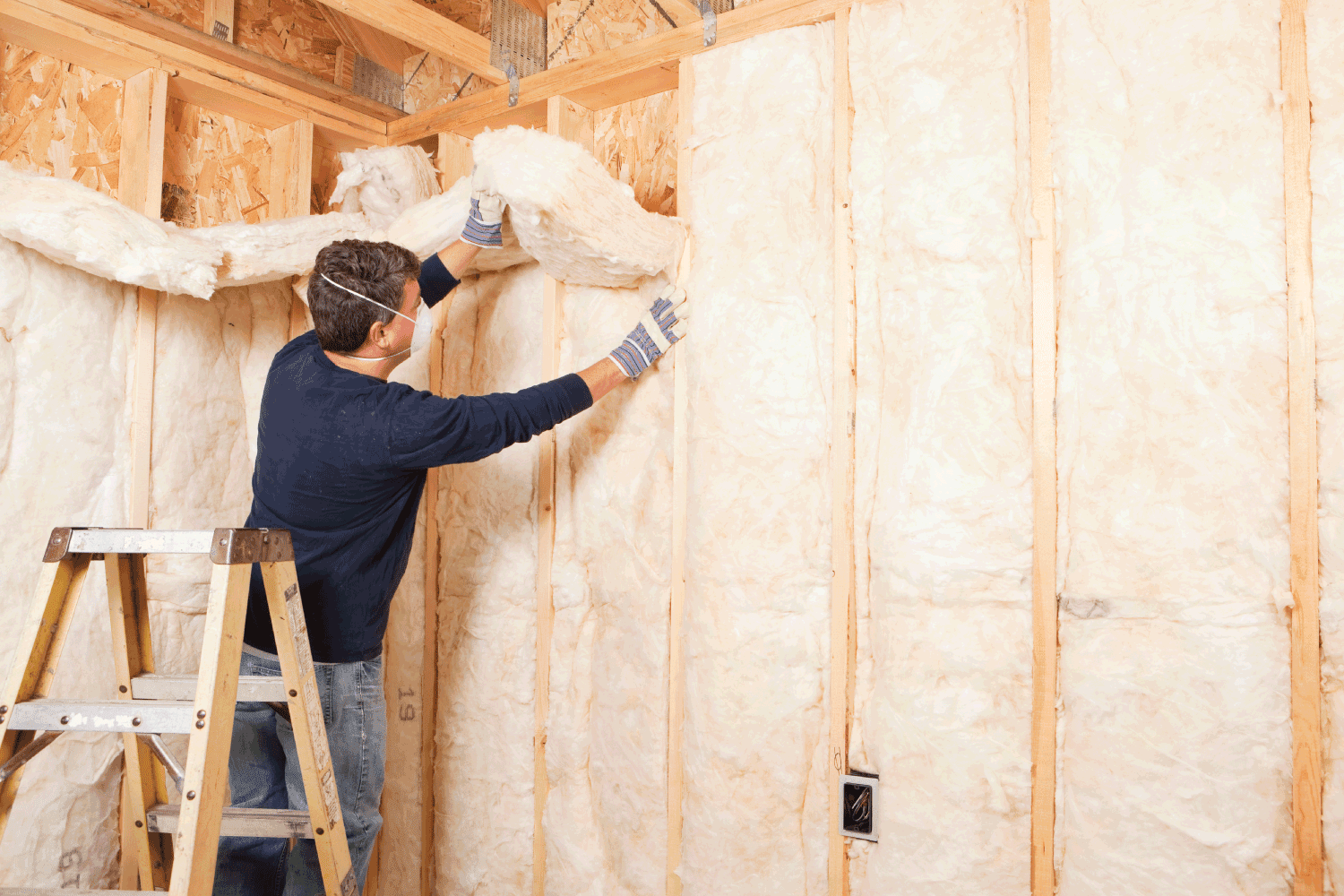
How Do You Cover Exposed Fiberglass?
Safeguarding your home from the harmful properties of your exposed fiberglass is necessary. The famous quote "Prevention is better than cure" is simply straightforward but true!
To securely cover the exposed fiberglass, you'll have to:
- Install or add a panel board.
- Attach plastic sheeting over the insulation.
- Add gypsum sheetrock over the fiberglass insulation.
- Seal the insulation by clamping the poly membrane sheet over it.
- Add a plywood flooring over your floor insulation.
WARNING! These procedures need an insulation specialist to ensure safety and compliance with the insulation code requirements. We strongly suggest letting the expert do the job for you.
What Is A Vapor Barrier, And How Does It Work?
A vapor barrier is essential in damp proofing. Generally, it's a plastic material or foil sheet that prevents moisture intrusion through building walls, floor, ceiling, or roof systems.
These materials are capable of limiting forming of condensation in your home. In addition, many of these materials vary in their degrees of permeability.
Standard test procedures determine the materials' Moisture Vapor Transmission Rate (MVTR).
Additionally, it assists builders with the permeability rate ideal for particular insulation projects.
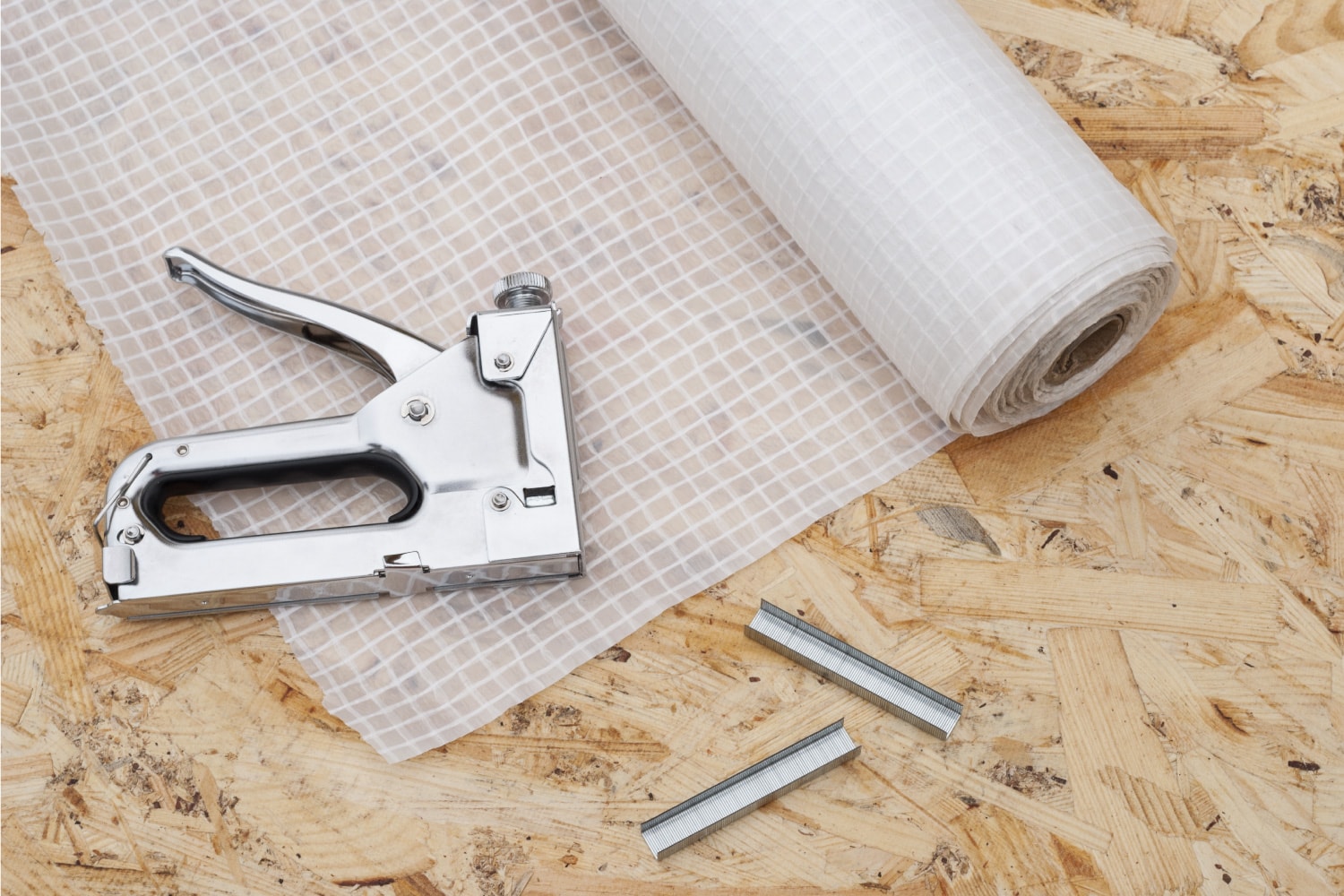
The following are the three materials rating system:
Impermeable Materials
Having a rate of less than 1 US perm and the materials include:
- Kraft paper
- Oil-based paints
- Vinyl wall panels
- Elastomeric coating
- Vapor-retarding paint
- Extruded polystyrene
- Oriented strand board (OSB)
Semi-Permeable Materials
Its rate value is 1 - 10 US perms. Some materials examples include:
- Heavy asphalt
- Latex-based paints
- Fiber-face isocyanurate
- Impregnated building papers
- Unfaced expanded polystyrene
Permeable Materials
It has the highest rate at 10 US perms or above. It includes the following materials:
- Unpainted stucco
- Cellulose insulation
- Cement sheathings
- Spunbonded polyolefin
- Unfaced fiberglass insulation
- Plain gypsum board and plaster
Tips For Vapor Barrier Installation
Typically, a vapor barrier or a vapor retarder is not applicable in properties that do not have proper ventilation. Modern homes and offices should have ways of guaranteeing a good flow of fresh air to ensure energy efficiency.
Avoid impermeable vapor barriers such as glass, rubber membrane, sheet metal, polyethylene sheets, etc. Furthermore, construction applications that enable interior wall elements to dry out are better than ones that keep all moisture out.
What's more, in areas in your home where the air conditioner is present, you should also avoid using an impermeable barrier such as polyethylene or vinyl wall panels.
Since these barriers can promote mold build-up and other air quality issues.
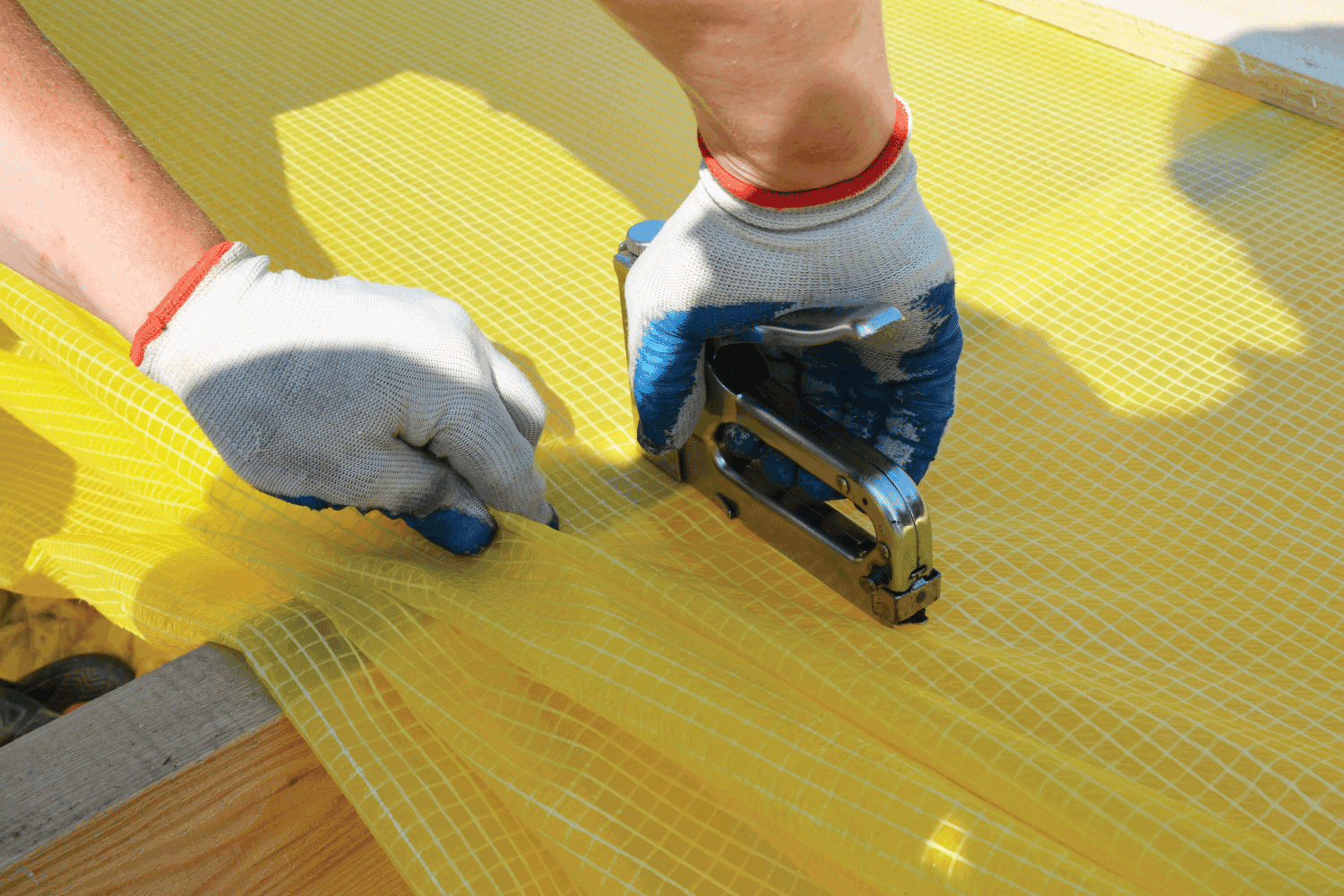
Can I Use Plastic Sheeting As A Vapor Barrier?
You can utilize plastic if you install polyethylene between the drywall and your wall studs. This should result in a tighter wall that does not hold moisture inside the external walls.
However, you should not use plastic as your vapor barrier when framing a below-grade basement.
This will result in your concrete absorbing more moisture. Also, avoid covering your wall's cavities with plastic. They can become wet, which is perfect for mold development.
View this plastic sheeting on Amazon.
Do I Need To Tape A Vapor Barrier?
Vapor retarder and vapor bond tape aren't necessary for most insulation projects, although they can help avoid moisture-related damages.
Installing a high-quality vapor retarder and pairing it with the appropriate vapor tape is a simple and cost-effective solution.
Doing so will protect your areas against mold, moisture damage, mildew, and so on.
Which Side Can You Put A Vapor Barrier?
Generally, it depends on the house location and climate to prevent condensation from growing. Before your insulation, you should install a vapor barrier on the warm exterior, especially in hot climates.
In contrast, you should put a vapor barrier next to the insulation within your walls in cold places or surfaces. Also, the HVAC system plays a role in molds and moisture build-up in your house.
So it is best to secure your house area where warm and cold air often travels. Mind that a sloppy effort installing a vapor barrier may be worse than exerting no effort.
Can You Double Layer A Vapor Barrier?
If you're going to double layer the retarder into existing batt insulation, that isn't a good idea.
However, you're risking installing your double vapor barrier instead. As a result, moisture and mold that passes through from the first layer will also grow into your second layer.
Can I Install A Vapor Barrier On My Own?
Usually, installing a vapor barrier is a job that most homeowners can do on their own, in one condition that you are not afraid of heights.
In addition, you must first measure the square footage of your crawl area to purchase the right amount of liner you need.
Average Cost Of Installing Vapor Barrier In A Crawl Space
The average crawl space vapor barrier installation cost is $0.15 to $0.50 per square footage, depending on the plastic's thickness. Generally, it ranges from 6 to 20 millimeters.
Furthermore, an average vapor barrier installation costs around $2 to $4 per square footage or $1,200 to $4,000, including materials and labor.
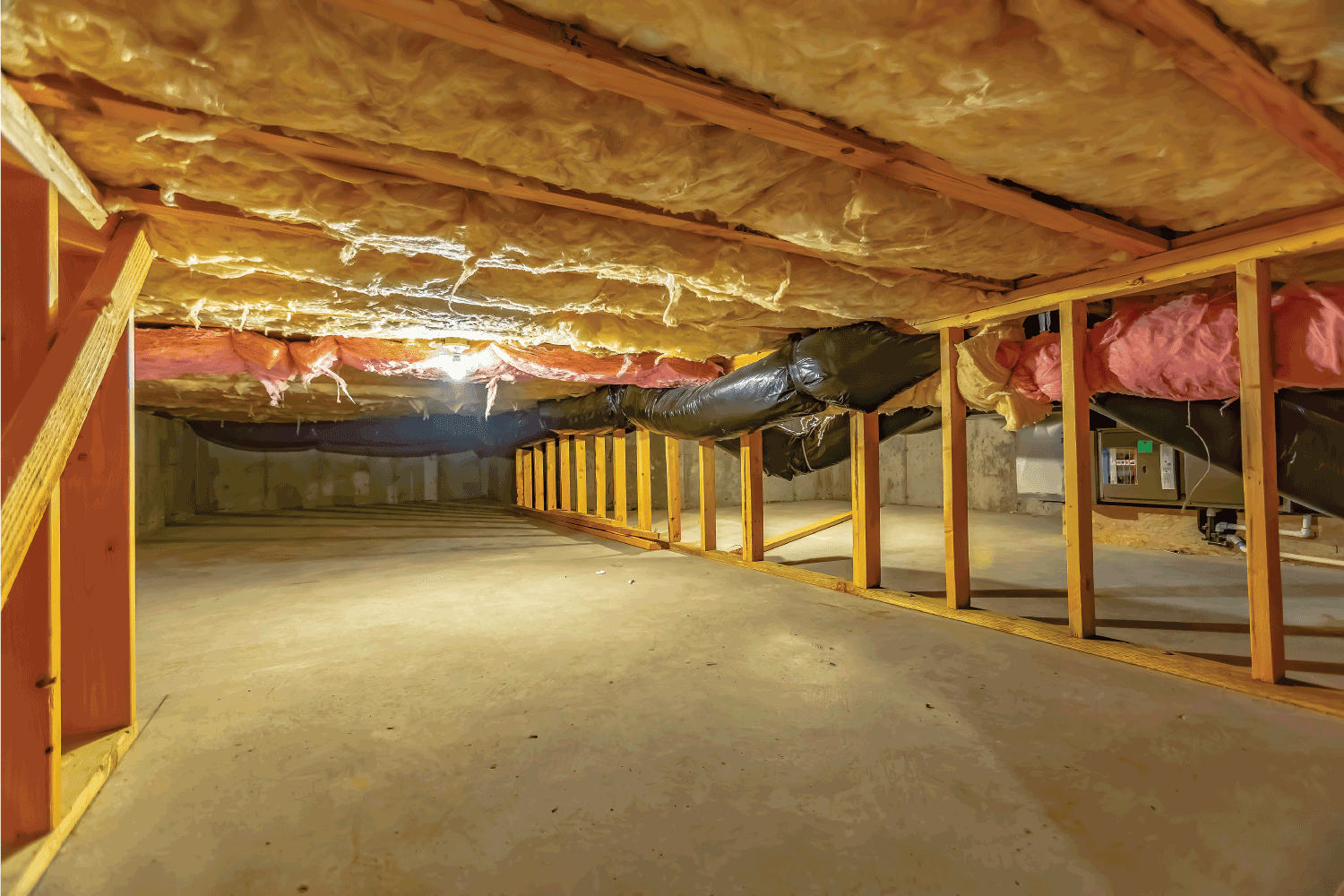
What Is Faced And Unfaced Insulation?
Using faced or unfaced insulation in walls is crucial to getting it right. However, your home's thermal comfort will suffer if you've done poorly in the insulation process.
In addition, fiberglass is the main component that makes faced insulation; it has a kraft paper that acts as a vapor barrier on one side.
Stapling down the paper side facing inside the house will do the insulation. Unfaced insulation doesn't have a kraft paper vapor barrier and is best for rooms like the dining room and living room.
What Is The Difference Between Faced And Unfaced Insulation?
Faced is a vapor barrier layer used for the exterior part of the walls and attic ceilings by pressing it into the cavity. It is also vital to keep your drywall dry.
In contrast, using unfaced insulation is essential to increase the R rating and soundproofing of the spaces of your house.
The R rating scale specifies how efficient insulation needs in that particular space. Moreover, it's ideal for remodeling and new construction areas that do not require moisture resistance.
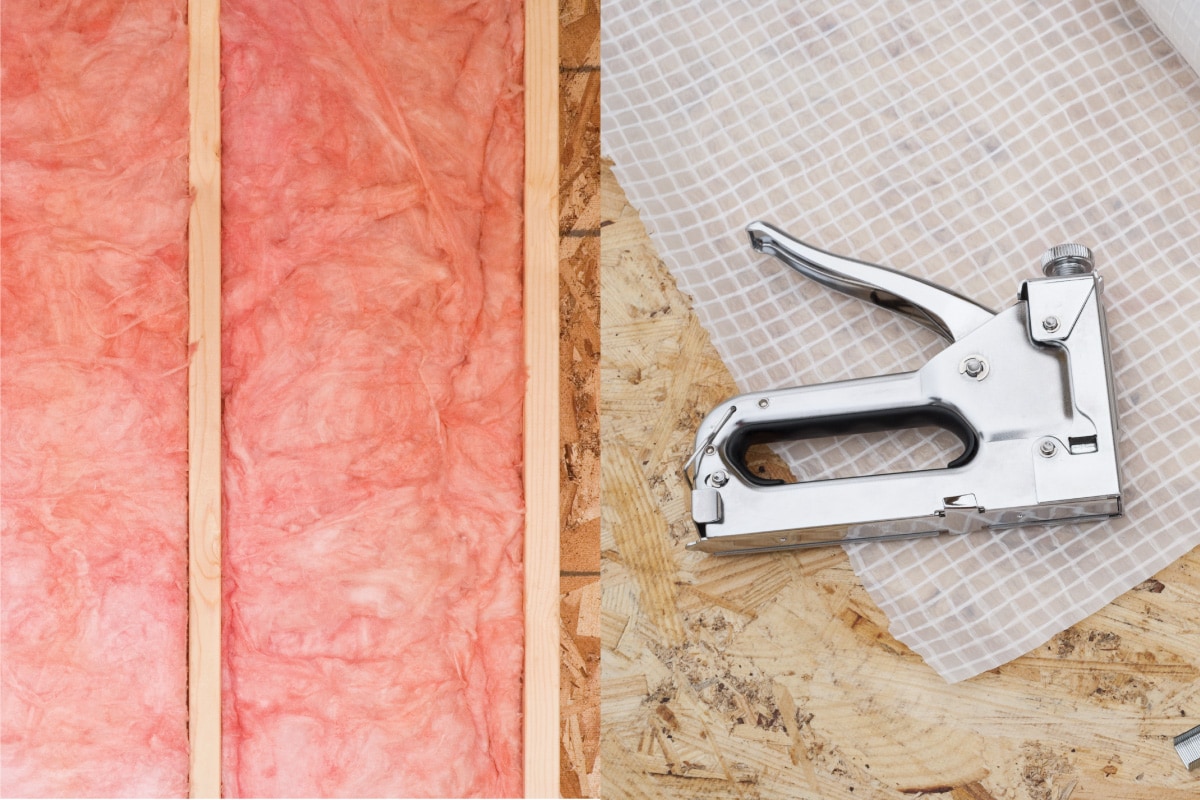
To Finish
Generally, insulation offers energy efficiency, fire, and a health concern. Respiratory problems, as well as eye irritation, are among the health issues you'll seriously face. Insulating your home should always be your priority for these reasons.
Throughout this article, we pretty much-learned loads of important information. Additionally, we learned how to insulate fiberglass with a vapor barrier. Using various methods, you've also learned how to insulate your exposed fiberglass securely.
We can now leave with ease that you will use all of this knowledge to your advantage in insulating your home correctly.
Made it this far? Check out our other helpful related posts!

